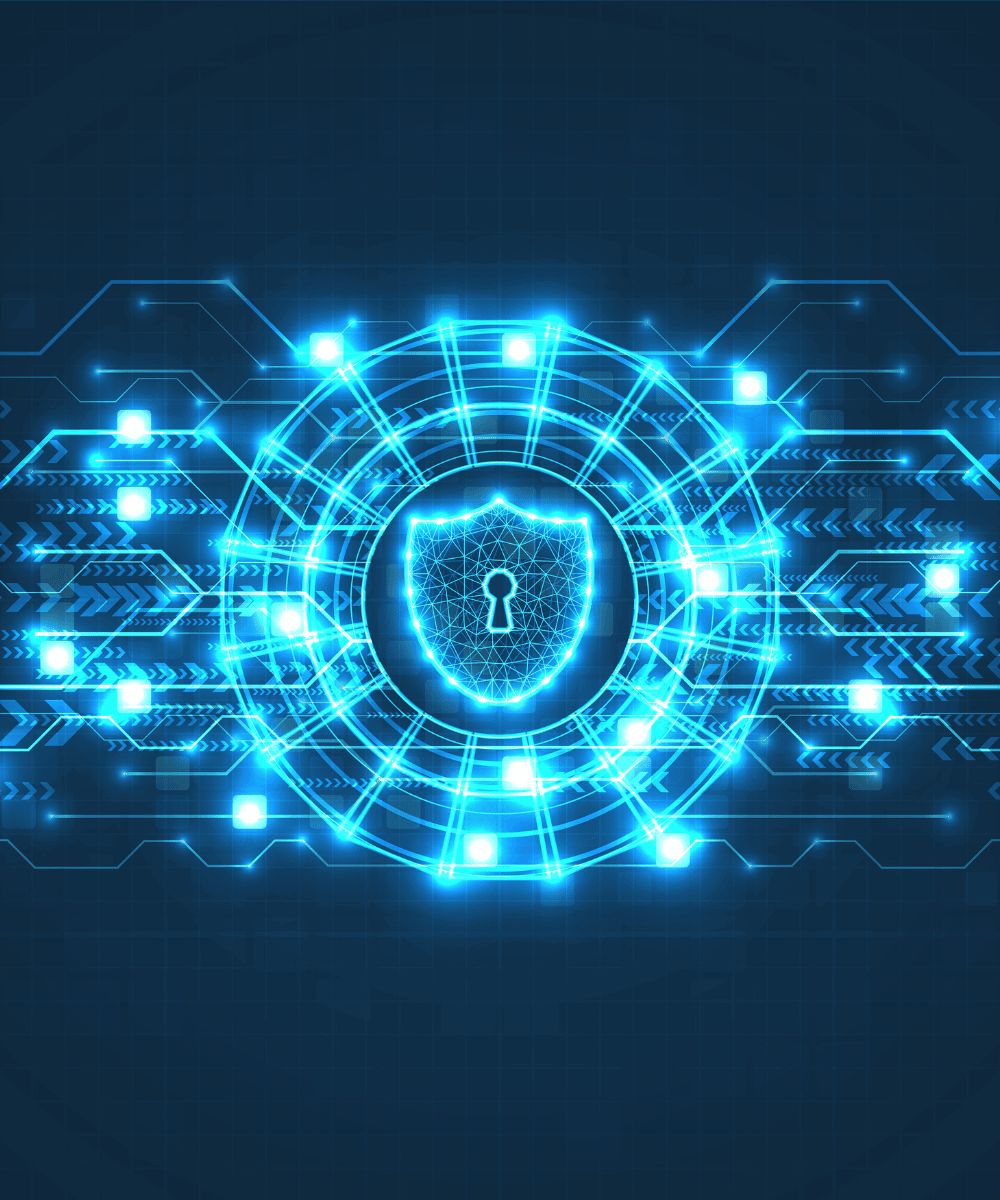The Importance of Cybersecurity Awareness Month for Your Business

According to a 2024 report by Cybersecurity Ventures, global cybercrime damages are projected to reach $10.5 trillion annually by 2025, underscoring the real-world need for businesses and individuals alike to enhance their online security measures. It’s even more critical today, because it feels like everything in our civilization – from the way we travel, meet, eat, shop, and the electricity required to make all those things work – all require internet connections.
Recognizing the critical need to raise awareness and promote best practices in cybersecurity, the U.S. Cybersecurity and Infrastructure Security Agency (CISA) launched the first Cybersecurity Awareness Month campaign in 2004. It was a collaborative effort between CISA (a division of the Department of Homeland Security) and the non-profit lobbying group National Cybersecurity Alliance to increase public knowledge around cybersecurity. This annual observance, known as National Cybersecurity Awareness Month, aims to educate and empower individuals and organizations to better protect themselves from cyber threats. Even though Cybersecurity Awareness Month is observed every October, and some consider cybersecurity as “scary,” there’s no evidence to show that October was chosen as cybersecurity month because it coincides with Halloween.

What is Cyber Safety?
Cyber safety refers to the practices and precautions that individuals and organizations can take to protect themselves from online threats. The goal of National Cybersecurity Awareness Month is for people to understand how being online exposes everyone to potential risks, such as identity theft, data breaches, and malicious attacks. Obviously, nobody should say “when is cybersecurity awareness month so I can start thinking about cyber safety?” Cybercriminals constantly evolve their tactics. No matter what month or day it is, criminals are seeking to exploit vulnerabilities in your IT systems for financial gain, to steal sensitive information, or to disrupt operations. So, every organization should do their best to maintain a good cybersecurity posture year-round.
Ways to Stay Safe Online
If nothing else, the key takeaway for every business executive during National Cybersecurity Awareness Month should be that cybersecurity and risk management initiatives must be companywide. While corporate operational security (OPSEC) measures are important, individuals in their organization are also responsible for managing risks and preventing sensitive corporate data from being exfiltrated. No matter the size of your organization or bench depth of your IT security staff, it is imperative to adopt robust cybersecurity measures on an individual basis.
Here are some practical ways for organizations and individuals to enhance their cyber safety OPSEC:
- Strong Passwords – Using strong, unique passwords for each of your accounts is the first line of defense against cyberattacks. Avoid using easily guessable information, such as birthdays or common words. Instead, create complex passwords that combine letters, numbers, and special characters.
For example, in a high-profile breach, hackers exploited weak passwords to access sensitive financial data at a major corporation. To prevent such incidents, CISOs and COOs should work together and mandate strict password policies across the organization, ensuring all employees use complex passwords that are regularly updated. - Password Managers – Password managers are invaluable tools that can securely store and generate strong passwords. The key advantage of using a password manager is that you eliminate the need to remember multiple passwords and significantly reduce the risk of using weak or repetitive passwords. The disadvantage is that using a corporate-wide password manager app introduces a single point of failure for users. If the password manager app your company uses has security vulnerabilities that are exploited, as was the case with a very popular password manager app from 2021-2023, then all user accounts are at risk.
However, the pros of good password managers like 1Password, Bitwarden, and others outweigh the cons. For example, consider the case of a global consulting firm that implemented a password manager solution. This not only streamlined password management for their executives but also significantly reduced the risk of credential theft. The ease of use and enhanced security provided by password managers make them an essential tool for busy C-suite executives. - Use Multifactor Authentication (MFA) – Our own Jay Martin has written about the necessity of multifactor authentication (MFA) in the past and I encourage everyone to read it. In essence, MFA adds an extra layer of security by requiring users to provide two or more verification factors to gain access to an account. This could include something you know (password), something you have (mobile device), or something you are (fingerprint). Enabling MFA can drastically reduce the likelihood of unauthorized access.
For example, a large healthcare provider thwarted a phishing attack aimed at compromising executive email accounts by having MFA in place. Even when attackers obtained password details, they couldn’t bypass the additional authentication steps, protecting sensitive patient information and internal communications. - Recognize and Report Phishing – Phishing attacks, where attackers pose as legitimate entities to trick individuals into providing sensitive information, are prevalent. Be vigilant about suspicious emails, links, and attachments, especially ones with urgent requests or are requesting financial or sensitive information. Verify the sender’s authenticity and report any phishing attempts to your IT department or relevant authorities.
Imagine you’re a CEO of a multinational company. You receive an email that appears to come from a trusted partner but is actually a sophisticated spear-phishing attack with a malicious link in the body. With just a bit of cybersecurity training and corporate awareness programs, employees can easily recognize the threat and report it to the IT team, preventing what often results in serious financial and reputational damage. - Update Software – Regularly updating your software, including operating systems, applications, and antivirus programs, is crucial. Software updates often contain patches for security vulnerabilities that cybercriminals could exploit. Whether your organization chooses to handle vulnerability management in-house or using a managed services provider, it’s best to enact policies to scan and automatically update software to ensure you are always protected.
One instance involved a banking institution that suffered a data breach due to outdated software. The breach resulted in significant financial loss and damage to the institution’s reputation. Afterward, they implemented a stringent update policy, ensuring all systems were kept current, thereby reducing their vulnerability to future attacks. - Backup Your Data – Regular data backups are essential to mitigate the impact of a cyberattack. Ensure that your data is backed up regularly and stored in a secure location. In the event of a ransomware attack or data breach, having a recent backup can help you restore your systems with minimal disruption.
A prominent law firm once faced a ransomware attack that encrypted critical client files. Fortunately, they had robust backup procedures in place. They quickly restored their data from the latest backup, avoiding the need to pay the ransom and ensuring business continuity. This incident underscores the importance of regular and secure data backups.
Blue Mantis Treats Every Month as Cybersecurity Awareness Month
National Cybersecurity Awareness Month, celebrated each October, serves as a crucial reminder of the importance of safeguarding our digital lives. As a security-first IT solutions provider, Blue Mantis helps protect and strengthen your business operations against cyber threats.
In honor of Cybersecurity Awareness Month, I invite anyone reading to connect with Blue Mantis experts to get a no-cost consultation to learn more about how we can help you secure your network and infrastructure. Let’s meet to build a resilient cyber defense that ensures the safety and success of your business.




